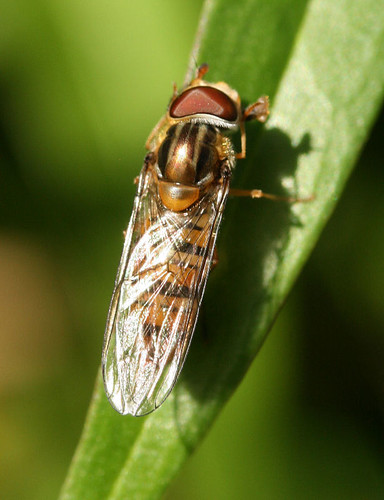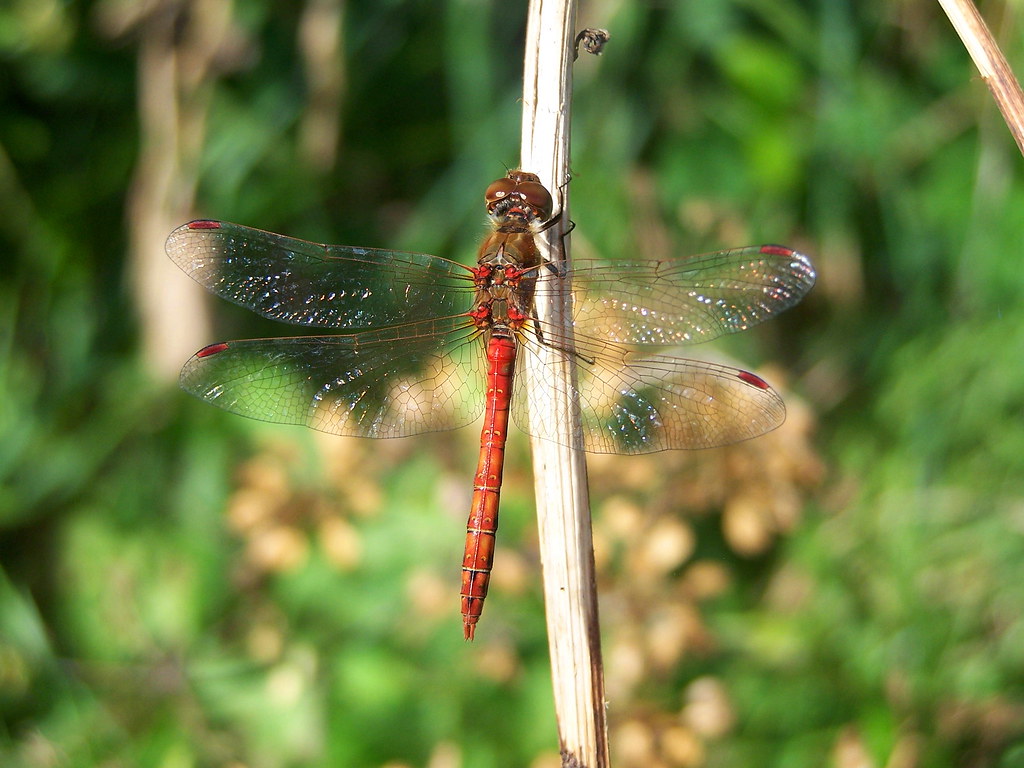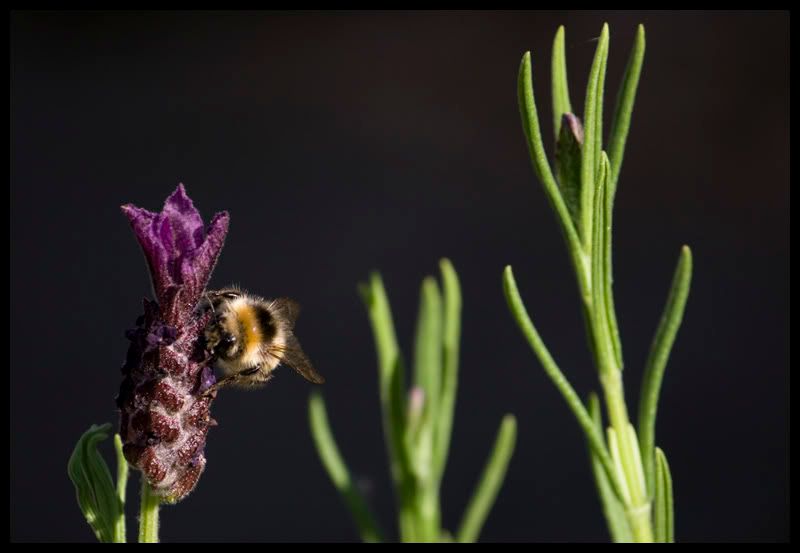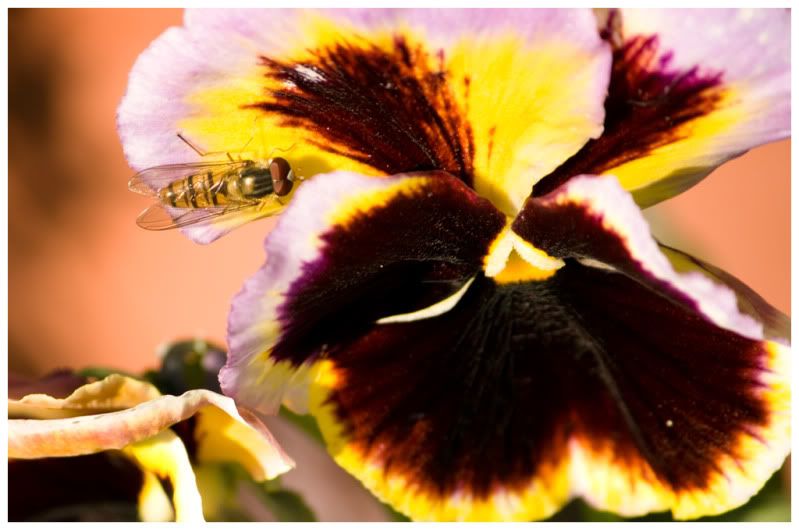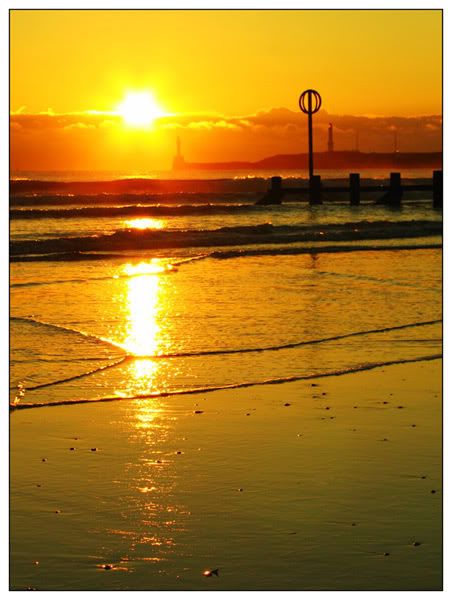Just took a couple shots of a bee and a hoverfly the other day with a new 55-250mm Canon IS Lens and was wondering if anyone could give me some tips on how to get a clearer picture of the insects. They look ok in the pictures below but at 100% crop they look a little blurred.
Im using a Canon EOS400D and Canon EF-S 55-250mm f/4-5.6 IS Telephoto Zoom AF Lens. These were taken on manual and correctly exposed (at 0 on the exposure bar thingy) and at 250mm. I understand that some lenses can be soft at the telephoto end.
Any advice would be appreciated thanks
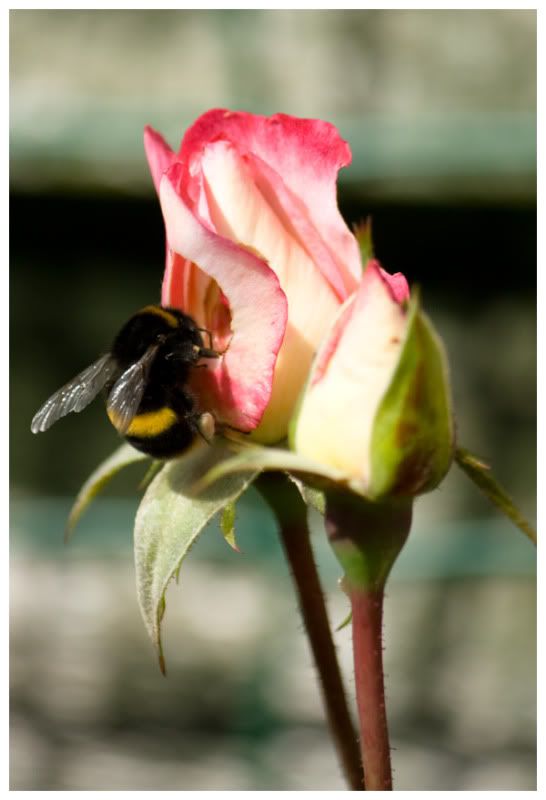
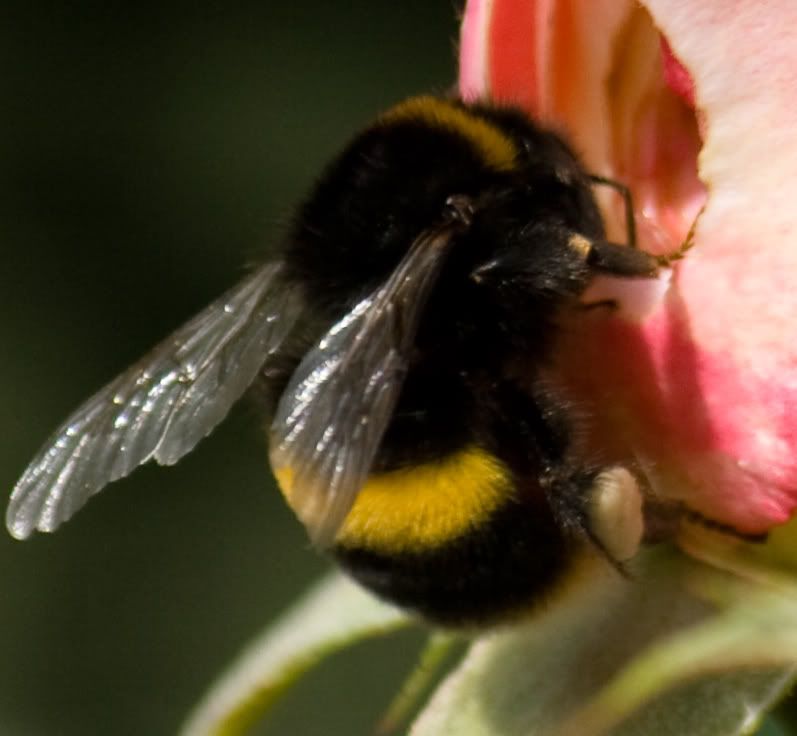
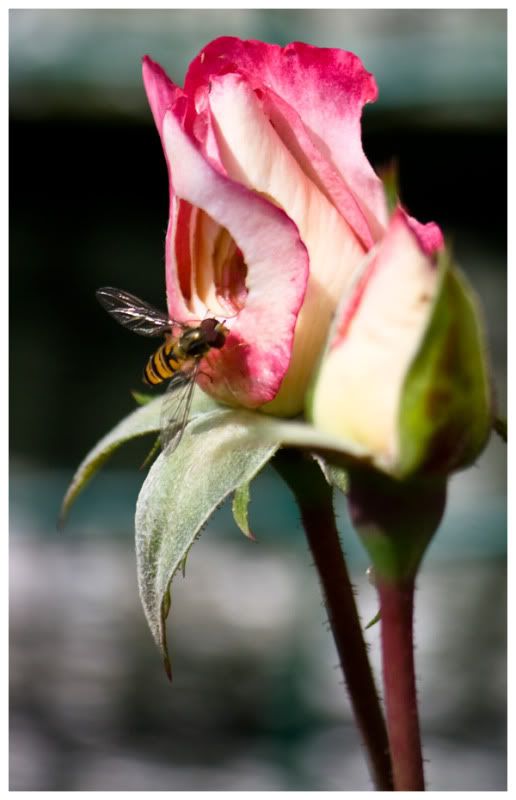

Im using a Canon EOS400D and Canon EF-S 55-250mm f/4-5.6 IS Telephoto Zoom AF Lens. These were taken on manual and correctly exposed (at 0 on the exposure bar thingy) and at 250mm. I understand that some lenses can be soft at the telephoto end.
Any advice would be appreciated thanks





